Among retail’s many challenges are generating sales, navigating the new customer purchase path and managing payments. Today, PaymentsNEXT looks at the latest retail payments trends, innovations and new developments.
 By the end of 2017, Juniper Research predicts there will be 150 million Apple Pay, Samsung Pay and Android Pay contactless mobile payment users, up from 100 million at the end of 2016. By 2021, the three companies will own 56% of the market with 500 million users. That also doesn’t include Alipay, Paytm and other growing Asia-global mobile payment companies. Retailers will need to make strategic choices in their payment partners in the future.
By the end of 2017, Juniper Research predicts there will be 150 million Apple Pay, Samsung Pay and Android Pay contactless mobile payment users, up from 100 million at the end of 2016. By 2021, the three companies will own 56% of the market with 500 million users. That also doesn’t include Alipay, Paytm and other growing Asia-global mobile payment companies. Retailers will need to make strategic choices in their payment partners in the future.
Boston Fed Payments Strategies says mobile payments adoption is still lagging in the US due to the need for more consumer education; inconsistent rewards programs; and consumers’ focus on buying a product, not how they pay for it.
65% of UK retailers surveyed by Zynstra said mobile payments were a their top priority for in-store technology followed by self-checkout (49% ) and scan-as-you-shop (44%). GPShopper’s “Reality of Retail Tech” report identified consumers’ familiarity with technology: self-checkout (71%), virtual reality (68%) and virtual assistants (35%). PayPal will soon be added to the list of payment choices within Google’s Android Pay service, greatly expanding PayPal’s footprint for consumer payments.
 New tech company ViaTouch, hopes to disrupt existing retail systems and payments with artificial intelligence and new technology allowing retailers to compete with Amazon Go. Zebras Technologies says transactions at staffed, stationary POS check-outs have dropped from 71% 52%, driven by potential cost savings for UK retailers.
New tech company ViaTouch, hopes to disrupt existing retail systems and payments with artificial intelligence and new technology allowing retailers to compete with Amazon Go. Zebras Technologies says transactions at staffed, stationary POS check-outs have dropped from 71% 52%, driven by potential cost savings for UK retailers.
Watch for a new breed of “O-tailers“, retailers who have figured out how to satisfy consumers in every channel from in-store to mobile and e-commerce. NACHA – The Electronics Payments Association – said its network handled 25 billion payments in 2016, worth more than $43 trillion.
Contactless Payments to Hit 150M Users in 2017
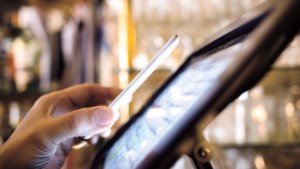 The number of Apple Pay, Samsung Pay and Android Pay users is about to hit 100 million and should top 150 million by the end of 2017, according to new data from fintech analysis firm Juniper Research.
The number of Apple Pay, Samsung Pay and Android Pay users is about to hit 100 million and should top 150 million by the end of 2017, according to new data from fintech analysis firm Juniper Research.
Apple, Samsung and Google (which operates Android Pay) owned 41% of the contactless payments market in 2016 – double their 20% market share just a year earlier, according to Juniper. By 2021, the three companies will likely own 56% of the market, with a combined user base of more than 500 million users, it said.
“The research found that Apple Pay, and the alternative wallets that have followed in its wake, are set to establish themselves as the primary contactless mechanisms of choice in the U.S. However, the challenge facing Apple and its rivals is to ensure that the infrastructure is in place for consumers to make in-store payments,” Juniper reported. Via cutimes.com
It’s the same old song and dance for mobile payments adoption
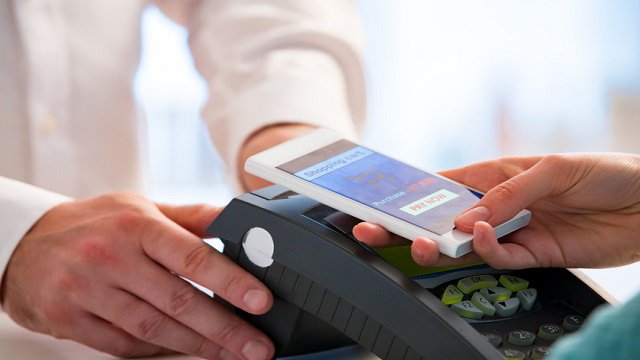 For years now, executives, industry analysts and the media have cited this overused — and misleading — statement as a primary driver for widescale consumer adoption of proximity mobile payments in the U.S. Guess what? We’re nowhere near that reality today. And now The Boston Federal Reserve is here to remind us why.
For years now, executives, industry analysts and the media have cited this overused — and misleading — statement as a primary driver for widescale consumer adoption of proximity mobile payments in the U.S. Guess what? We’re nowhere near that reality today. And now The Boston Federal Reserve is here to remind us why.
During a 12-month period between June 2015 and May 2016, the Boston Fed Payments Strategies group conducted a “mobile-digital wallet analysis project” in which six people tested mobile payments. The test included proximity and remote purchases using a variety of methods, such as Amazon, Android Pay, Apple Pay, Masterpass, Samsung Pay, PayPal and Visa Checkout.
Elisa Tavilla, an industry consultant for the Boston Fed Payments Strategies group, concluded in a report that while members of her team continue to use their mobile and digital wallets regularly, none is ready to leave his or her physical wallet at home. Via retailcustomerexperience.com
mPOS Top In-Store Tech Priority
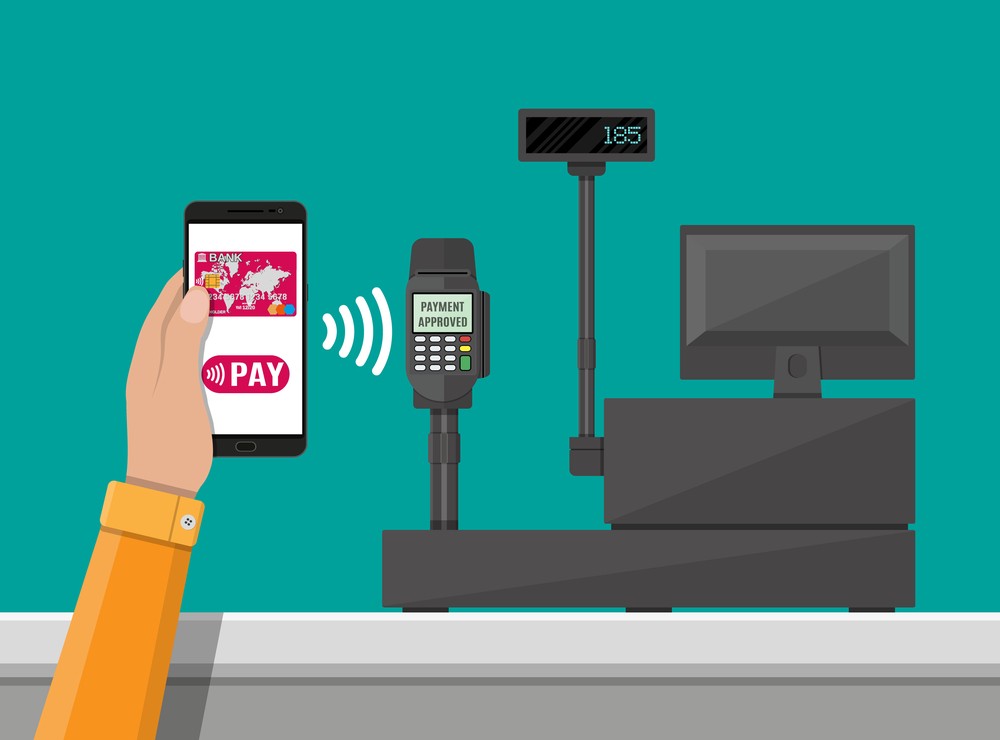 To get a better sense of the priorities within the larger push toward digitization, UK-based IT software provider Zynstra recently surveyed retail execs and tech managers across the US and UK Here are some of the key findings as noted by Chain Store Age.
To get a better sense of the priorities within the larger push toward digitization, UK-based IT software provider Zynstra recently surveyed retail execs and tech managers across the US and UK Here are some of the key findings as noted by Chain Store Age.
First up, as to what’s in highest demand for retail execs and tech staff, that goes to mobile payment capabilities. Some 65 percent of retailers surveyed pegged mobile payments as their top priority for in-store technology. Other top techs for brick-and-mortar retailers included self-checkout capabilities (49 percent), followed by scan-as-you-shop (44 percent).
Click-and-collect tech and in-store consumer analytics also placed highly, with 41 percent and 37 percent, respectively. Yet despite the interest and demand in the retail space, barriers still exist to bringing technology into the physical store. The most notable issue in the way of rolling out in-store tech was the high cost of entry and effort of managing remote systems. Fifty-nine percent of U.S. based respondents surveyed identified cost as a barrier. Via pymnts.com
Self-checkout, VR rank high on consumers’ priority lists
 When it comes to the latest in retail technology, consumers are most familiar with self-checkout (71%), virtual reality (68%) and virtual assistants (35%). According to GPShopper’s “Reality of Retail Tech” report, chatbots (19%), smart mirrors (10%) and smart shelves (7%), ranked the lowest in consumer consciousness.
When it comes to the latest in retail technology, consumers are most familiar with self-checkout (71%), virtual reality (68%) and virtual assistants (35%). According to GPShopper’s “Reality of Retail Tech” report, chatbots (19%), smart mirrors (10%) and smart shelves (7%), ranked the lowest in consumer consciousness.
The study, conducted online with help from YouGov, uncovered what consumers really think about technology trends and how they want this technology to impact their shopping experience.
“Developments in mobile are further giving way to more advanced technology like virtual reality and chatbots, being brought into the shopping experience. However, with so much technology available to retailers, it currently feels like everyone is just throwing ideas at the wall and seeing what sticks,” said Maya Mikhailov, co-founder and CMO of GPShopper. “Smart retailers know how crucial it is to keep their finger on the pulse between an increasingly savvy shopper and the potential for technology to drive the industry forward. We commissioned this research to gain that critical insight into how consumer awareness and opinion of this technology stacks up against what retailers are actually putting into play.”
For consumers, self-checkout was deemed the most useful technology to improve their shopping experience, at 51%. On the other hand, only 21% said that virtual assistants such as Amazon Echo and Google Home, would improve their shopping experience and 9% said that chatbots could positively impact their shopping experience. Via fierceretail.com
PayPal teams up with Android Pay for mobile payments
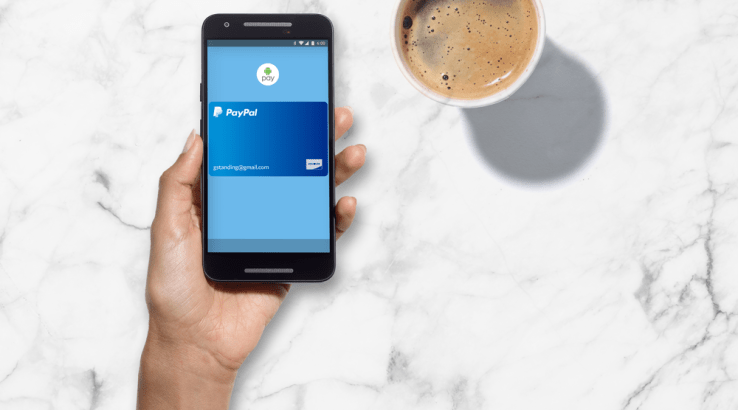 PayPal is joining forces with Google’s Android Pay mobile payments platform, the companies announced this morning – an effort aimed at allowing PayPal to expand its footprint both within mobile applications as well as at brick-and-mortar retailers. The partnership will see PayPal becoming available as a payment method in the Android Pay service, which will allow U.S. users to pay for things like Uber as well as at retailers like Walgreens, and restaurants like Dunkin’ Donuts and Subway.
PayPal is joining forces with Google’s Android Pay mobile payments platform, the companies announced this morning – an effort aimed at allowing PayPal to expand its footprint both within mobile applications as well as at brick-and-mortar retailers. The partnership will see PayPal becoming available as a payment method in the Android Pay service, which will allow U.S. users to pay for things like Uber as well as at retailers like Walgreens, and restaurants like Dunkin’ Donuts and Subway.
The integration in Android Pay will begin by allowing Android users to select their PayPal balance as a method of payment, but will expand to include the cards users have added to their PayPal account in the months ahead.
At launch, the partner integration is with Discover, so PayPal in the Android Pay wallet will work anywhere Android Pay and Discover are accepted. Via techcrunch.com
Fledgling tech company ready to take on Amazon Go
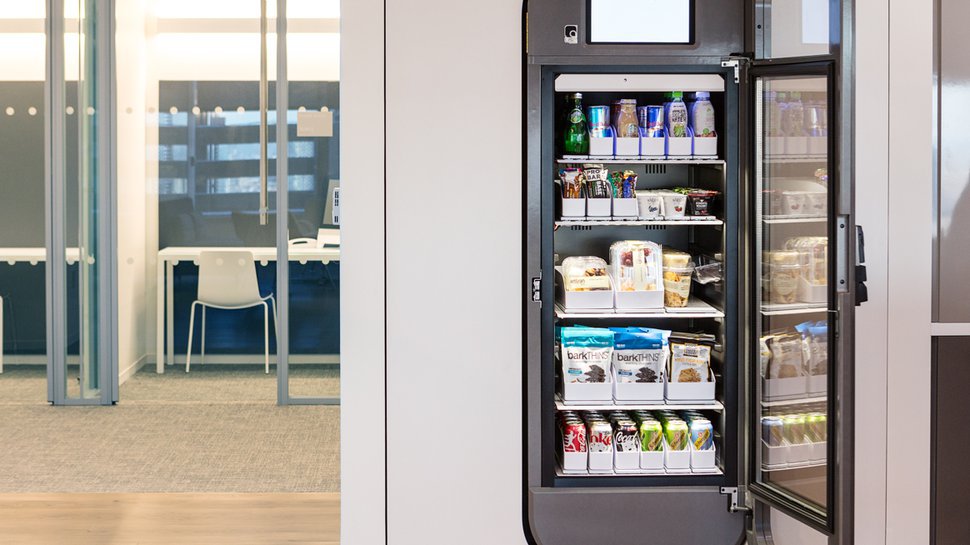 Automated retail technology continues to evolve at a rapid pace, with new companies using artificial intelligence to support versatile payment options, digital signage and management software with advanced analytics.
Automated retail technology continues to evolve at a rapid pace, with new companies using artificial intelligence to support versatile payment options, digital signage and management software with advanced analytics.
Tom Murnhim, a longtime pioneer of vending and self-serve technology, has launched a company, ViaTouch Inc., with the goal of disrupting the consumer goods distribution industry using artificial intelligence and other new technologies. He claims his new technology, which debuts this month, has application for brick-and-mortar retail and is capable of taking on Amazon Go in automated retailing.
ViaTouch is spearheading technology that extends beyond vending and micro markets to include brick and mortar retail, explains Murn. While ViaTouch is building a new generation of self-service merchandisers, the Intelliwall technology inside the machines has application in the larger world of brick-and-mortar retail. Via mobilepaymentstoday.com
Smartphones and Brexit cuts will see fixed PoS in store die ‘in next five years’, study shows
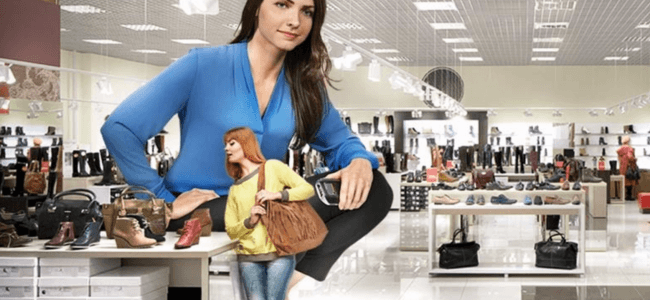 Technology – and Brexit – is bringing to an end to the age-old British etiquette of queuing, at least for retailers. Research by retail consultants at Zebras Technologies suggests that transactions at manned, stationary POS check-outs have fallen from 71% 52% today.
Technology – and Brexit – is bringing to an end to the age-old British etiquette of queuing, at least for retailers. Research by retail consultants at Zebras Technologies suggests that transactions at manned, stationary POS check-outs have fallen from 71% 52% today.
As technology becomes more affordable and retailers look to cut costs, the high street of the future could be closer than first imagined. According to Zebra, a quarter of shops are planning to do away with queuing altogether within four years, by letting customers pay for items using their smartphones by 2021, according to a survey of Britain’s biggest retailers.
The move by stores is in part a response to Brexit, the research says. By getting rid of tills and staff, retailers will be able to cut costs at a time when they are seeing their margins squeezed as a result of the falling value of the pound and rising commodity prices. Household name stores including Waitrose and Zara are already installing high-tech payment and security systems which are likely to evolve into fully “queue-less” systems over the coming years. Via internetretailing.net
The Rise of the O-Tailer
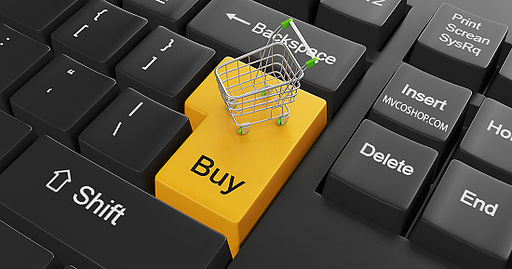 B&M stores have numerous benefits e-tailers can’t offer. A retailer with store locations can engage all five of the shopper’s senses. It can also satisfy the “get it now” desire so many consumers pursue on their shopping journey. The physical and sensory experiences of B&M shopping are a big reason 85 percent of consumers say they still like to shop in stores. The belief that e-commerce alone is not going to win in the future, is validated by the fact that Amazon is testing the B&M store business model, with its announcement of a concept B&M bookstore, and the AmazonGo quick-service store.
B&M stores have numerous benefits e-tailers can’t offer. A retailer with store locations can engage all five of the shopper’s senses. It can also satisfy the “get it now” desire so many consumers pursue on their shopping journey. The physical and sensory experiences of B&M shopping are a big reason 85 percent of consumers say they still like to shop in stores. The belief that e-commerce alone is not going to win in the future, is validated by the fact that Amazon is testing the B&M store business model, with its announcement of a concept B&M bookstore, and the AmazonGo quick-service store.
Who will win in light of the dramatic changes the industry faces? It’s safe to say that some B&M retailers who fail to adapt are going to fade away and some e-commerce companies that ignore the high-touch benefits of physical stores are going to struggle. . Without a doubt, the Internet and the mobile device will be recognized as a major catalyst that helped kill off many retail dinosaurs. However, the industry metamorphosis is driving by periodic technology changes and future disruptions will produce a different set of winners and losers. No one knows when the pace and direction of change will shift or what that new status quo will look like.
One thing that seems certain is that from the change, dominant retailers will emerge with new business models. They will be able to handle all customer channels: online, on their mobile phone, through social media, and simply by walking in the store, in an integrated and seamless fashion. These will be the new breed of Omnichannel retailers – the o-tailers – that have figured out how to simplify and “pleasure-fy” the shop, order and fulfillment experience in every any channel. Via pointofsale.com
ACH Volume Grows to More Than 25 Billion Payments and $43 Trillion in Value in 2016
 Following four consecutive quarters of more than 5 billion electronic payments in each quarter – a first for the ACH Network – overall volume in 2016 amounted to 25.6 billion transactions[1], according to new statistics released today by NACHA — The Electronic Payments Association®. This represents an increase of 5.3 percent over 2015 volume, and is the third consecutive year in which volume grew by a billion transactions or more over the previous year. Additionally, $43.7 trillion was transferred over the ACH Network last year, an increase of 5.1 percent compared to 2015.
Following four consecutive quarters of more than 5 billion electronic payments in each quarter – a first for the ACH Network – overall volume in 2016 amounted to 25.6 billion transactions[1], according to new statistics released today by NACHA — The Electronic Payments Association®. This represents an increase of 5.3 percent over 2015 volume, and is the third consecutive year in which volume grew by a billion transactions or more over the previous year. Additionally, $43.7 trillion was transferred over the ACH Network last year, an increase of 5.1 percent compared to 2015.
With the launch of Same Day ACH credits in September of last year, this payment type was responsible for more than 13 million credit transactions totaling nearly $17 billion. Same-day Direct Deposits made up 52 percent of Same Day ACH volume; business-to-business (B2B) transactions made up 32 percent of Same Day ACH; person-to-person (P2P) payments constituted 13.5 percent of same-day volume; and consumer bill payments made up the remaining 2 percent of Same Day ACH volume.
In 2016, the ACH Network processed almost 12 billion debit transactions, which constitute 58 percent of overall ACH Network volume. While the volume of debit transactions validates its value to end users, credit transactions are important payment types for businesses and consumers, with credit transactions also growing by more than 5 percent in 2016. Via NACHA
Business intelligence in your inbox
Get handy news briefs just like this every Mon-Wed-Fri morning by subscribing to PaymentsNEXT at the top of the page. Always payments industry news you can use.

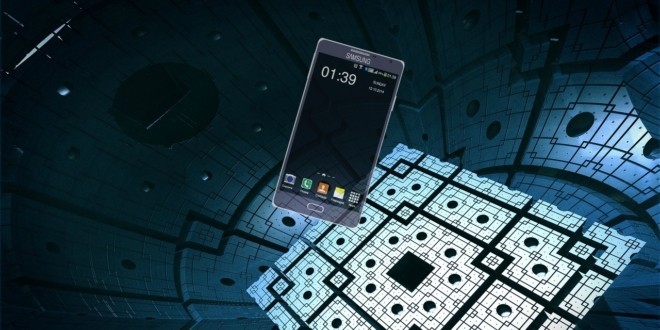






LET’S CONNECT